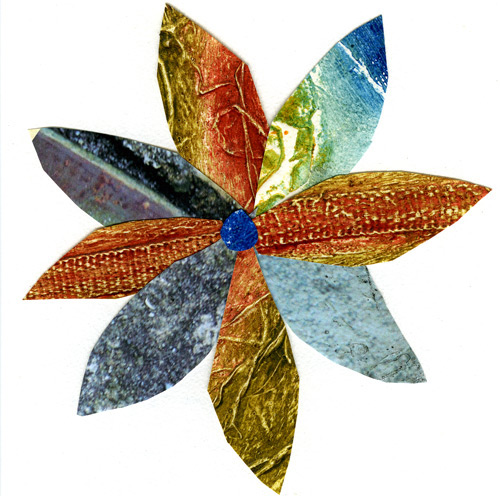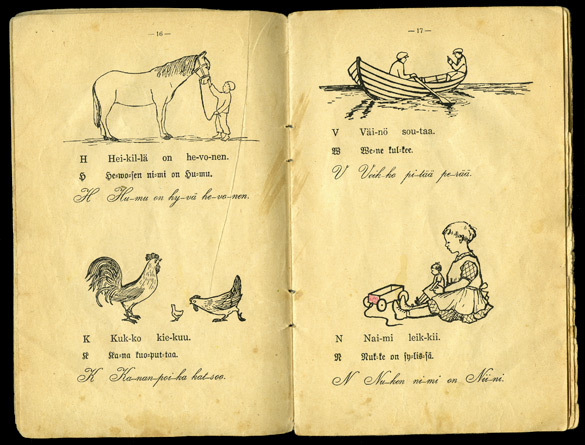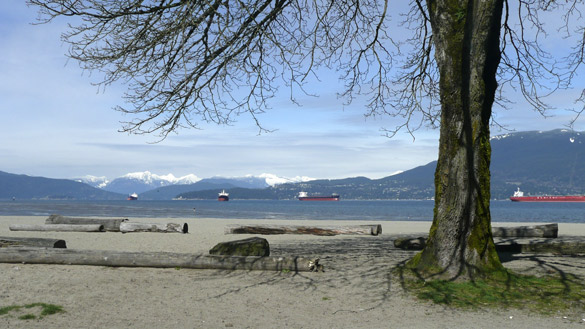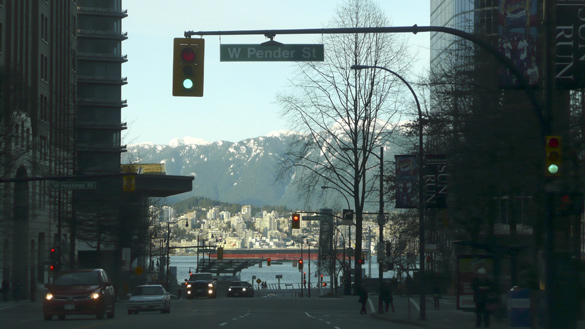100 yr old printshop
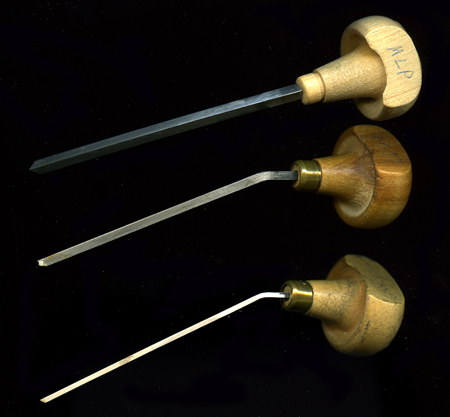
The printmaker in me was fascinated by an article in our paper about Canada’s first Chinese print shop still in operation here in Vancouver after a century, run by the third generation of the Lam family and the matriarch. The amazing printing presses, the antique stamps, the lead type are all rich in history, function and beauty, so do visit the video at the link. This is far different from current printing technology. All this heritage, including the building is fast disappearing as the family is selling off its contents and closing. Sad.
The image of engraving tools, burins, above is not related to the article, but as I did not have any images of those lovely stamps or types to place here, I thought of these. Not normally used in the type printing such as in this shop, they are the tools of an artist creating engravings on metal plates such as copper. I have had these since art school days, which was not quite as long ago as when this print shop opened up.
